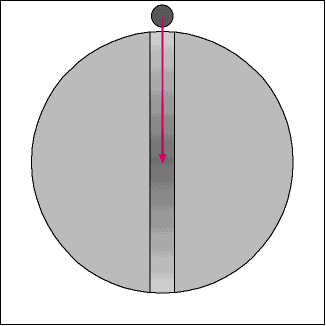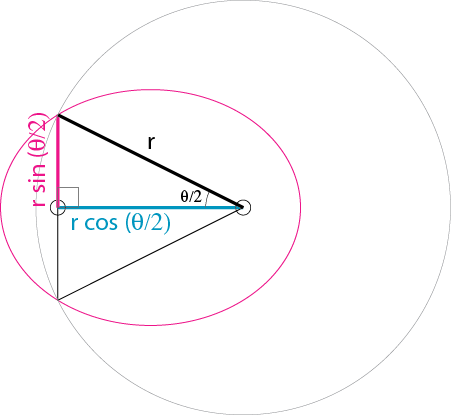Dr. Plata has good ideas and invests a great deal of time and effort looking at them. He's involved in two excellent websites: LunarCOTS.com and CisLunarOne.com .
July and August is a slow period for the Ajo Copper News, the weekly newspaper my sister and I publish. Most people with money and good sense leave Ajo, Arizona for the summer months. Hopefully I will have time to examine some of Plata's topics in my blog over the next few months.
Here they are:
Partial vs full reusability
Falcon
9 has nine engines on the first stage and one engine on the second
stage. So, if only the first stage is reused, it would seem to me that
9/10 engines would be recovered. That's got to be a huge reduction in
launch cost right there, yes? Just how much? Certainly achieving even
partial reusability would make SpaceX even more competitive that it
already is. If the Falcon Heavy were to be partially reusable, reusing
the lateral boosters would mean only 18 out of 28 engines would be
recovered unless the central core could be reused as well.
Propulsion service options
For
a cis-lunar transportation system we most often think of fuel depots in
LEO. One problem with this is the need for fuel depots in multiple LEO
planes with those depots being used only occasionally. However,
if propellant were coming from ice harvesting operations at the lunar
poles, then conceivably an OTV could bring propellant into any LEO
inclination just prior to a launch into that orbit from Earth. However,
in this scenario, do we even need LEO depots? Why couldn't the OTV
dock with the launched satellite and then use its own engines to boost
the satellite to GTO or even GEO? Do we need fuel depots or could
propulsion service be enough?
Power options for lunar mining
Say
you are wanting to do ice harvesting operations in a lunar polar
permanently shadowed crater with the rim of such having a peak of
eternal light (PEL). Great, but there's still potentially kilometers of
distance between the source of power and the ice harvesting operations
site. How to deal with that gap? RTGs? Laser beaming of power? Drive
a rover laying a cable down the side of the crater? Hop the lander
from the rim to the floor while draping a (superconducting) wire? Or
forget a solar panel farm at the PEL and crack the water at a fuel depot
in orbit? An interesting trade analysis.
Aerobraking
OTVs
tend to be painted as broad, turtle-shaped craft. But how do you
launch and assemble such a thing? Can aerobraking be done about as
easily with a cylindrical-shaped OTV? How about heat flaps popping out
giving more surface area and control? Necessary? If one skims high
enough in the atmosphere does one even need a heatshield? What about
using a lifting body form?
Travel times further out into the solar system
So
if we develop the ability to safely send humans to Deimos, how much
longer would it take to send them to Vesta, Ceres, and a Moon of
Jupiter?
---------
ROCKETRY
Heavy
Lift vs Single Stage vs Reusable vs Gun
Air
launch
Partial
vs Full reusability
Chemical
versus liquid rockets
CIS-LUNAR
TRANSPORTATION INFRASTRUCTURE
Propulsion
service options
Power
options for lunar mining
Aerobraking
ORBITAL
DYNAMICS
The
orbital dynamics of a Phobos vs Deimos vs surface mission
HUMAN
FACTORS
Mass
calculations of open-loop, vs closed chemical, vs ECLSS
How
could an RP5 be provided?
How
do the space radiation numbers compare between locations (i.e. LEO, free-space,
lunar surface, Phobos, Mars?)
Animal
studies
Partial
gravity options
COLONIZATION
O'Neillian
vs lunar colony - Where first?
Travel
times further out into the solar system
























